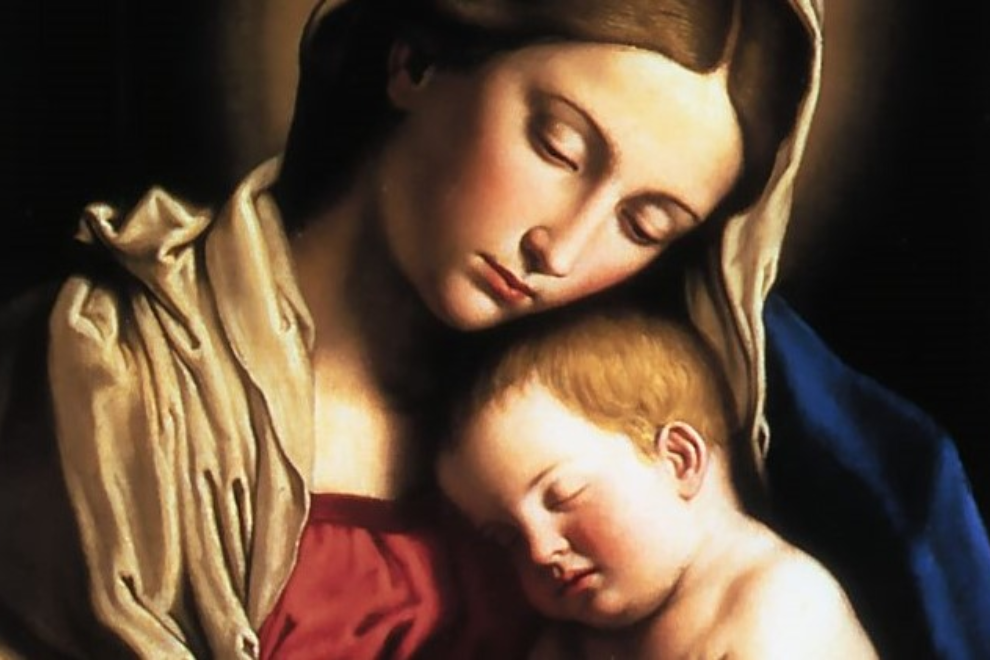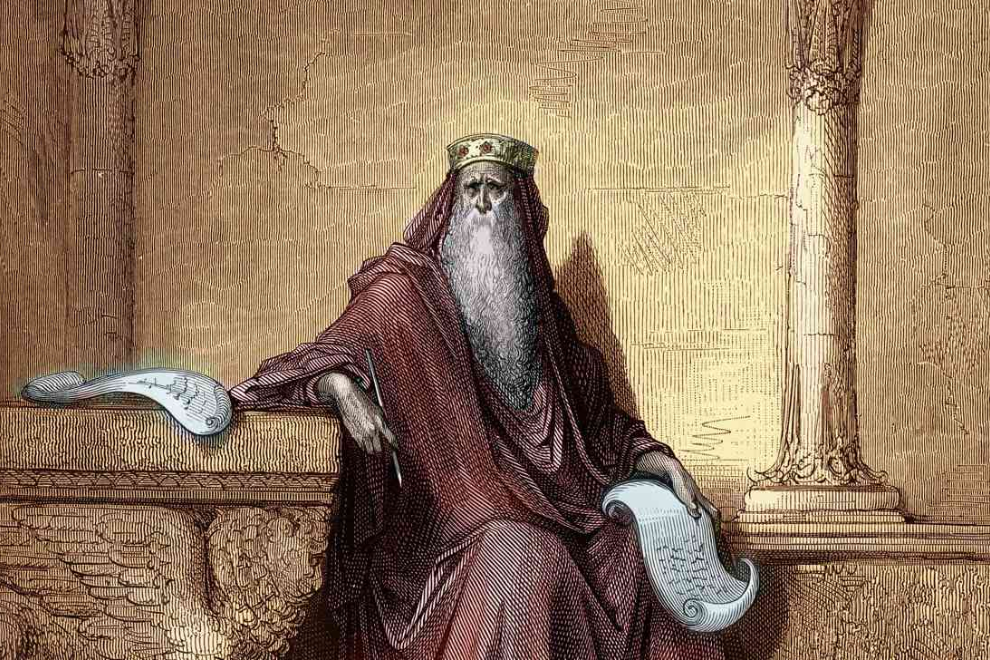Rose Parade Quotes That Celebrate Tradition, Beauty, and New Beginnings
The Rose Parade, officially known as the Tournament of Roses Parade, is one of the most iconic New Year celebrations in the world. With its breathtaking floral floats, marching bands, and festive spirit, the parade symbolizes renewal, creativity, and unity. These Rose Parade quotes capture the magic, optimism, and cultural significance that make this event unforgettable. Inspirational Rose Parade Quotes Quotes About New Beginnings Held on New Year’s Day, the Rose Parade represents hope, fresh starts, and optimism for the year ahead. “Every Rose Parade is a reminder that new beginnings can be both beautiful and bold.” “The Rose Parade blooms with the promise of a brighter year ahead.” “Each float tells a story of hope, creativity, and renewal.” These inspirational Rose Parade quotes reflect the spirit of starting anew with joy and confidence. Rose Parade Quotes on Tradition and Legacy Honoring History and Culture The Rose Parade is deeply rooted in tradition, connecting generations through celebration and artistry. “The Rose Parade is where history marches forward, petal by petal.” “Tradition lives on when creativity honors the past and embraces the future.” “More than a parade, the Rose Parade is a living legacy.” Such Tournament of Roses quotes highlight the event’s cultural and historical importance. Quotes About Beauty, Flowers, and Creativity The Art Behind the Floats Each Rose Parade float is a masterpiece crafted entirely from natural materials, symbolizing imagination and dedication. “In the Rose Parade, flowers become stories and petals become poetry.” “Creativity blooms brightest when nature and human imagination meet.” “Every float proves that beauty is built with patience and passion.” These Rose Parade sayings celebrate artistry, teamwork, and innovation. Rose Parade Quotes on Unity and Celebration Bringing People Together The parade unites millions of viewers across the world, creating a shared moment of joy. “The Rose Parade reminds us that celebration is strongest when shared.” “From Pasadena to the world, the Rose Parade connects hearts through beauty.” “Joy marches down the street when people come together in celebration.” These quotes capture the global appeal and inclusive spirit of the Rose Parade. Why Rose Parade Quotes Continue to Inspire The Rose Parade is more than a festive event—it is a symbol of perseverance, artistry, and hope. Year after year, it reminds audiences that even fleeting moments of beauty can leave lasting impressions. Rose Parade quotes resonate because they reflect optimism, tradition, and the joy of collective celebration. Conclusion The Rose Parade stands as a timeless celebration of creativity, unity, and fresh beginnings. Through these meaningful Rose Parade quotes, we are reminded that beauty, tradition, and hope can flourish together. Whether shared at the start of the year or used as inspiration throughout it, these words capture the enduring magic of the Tournament of Roses Parade.










